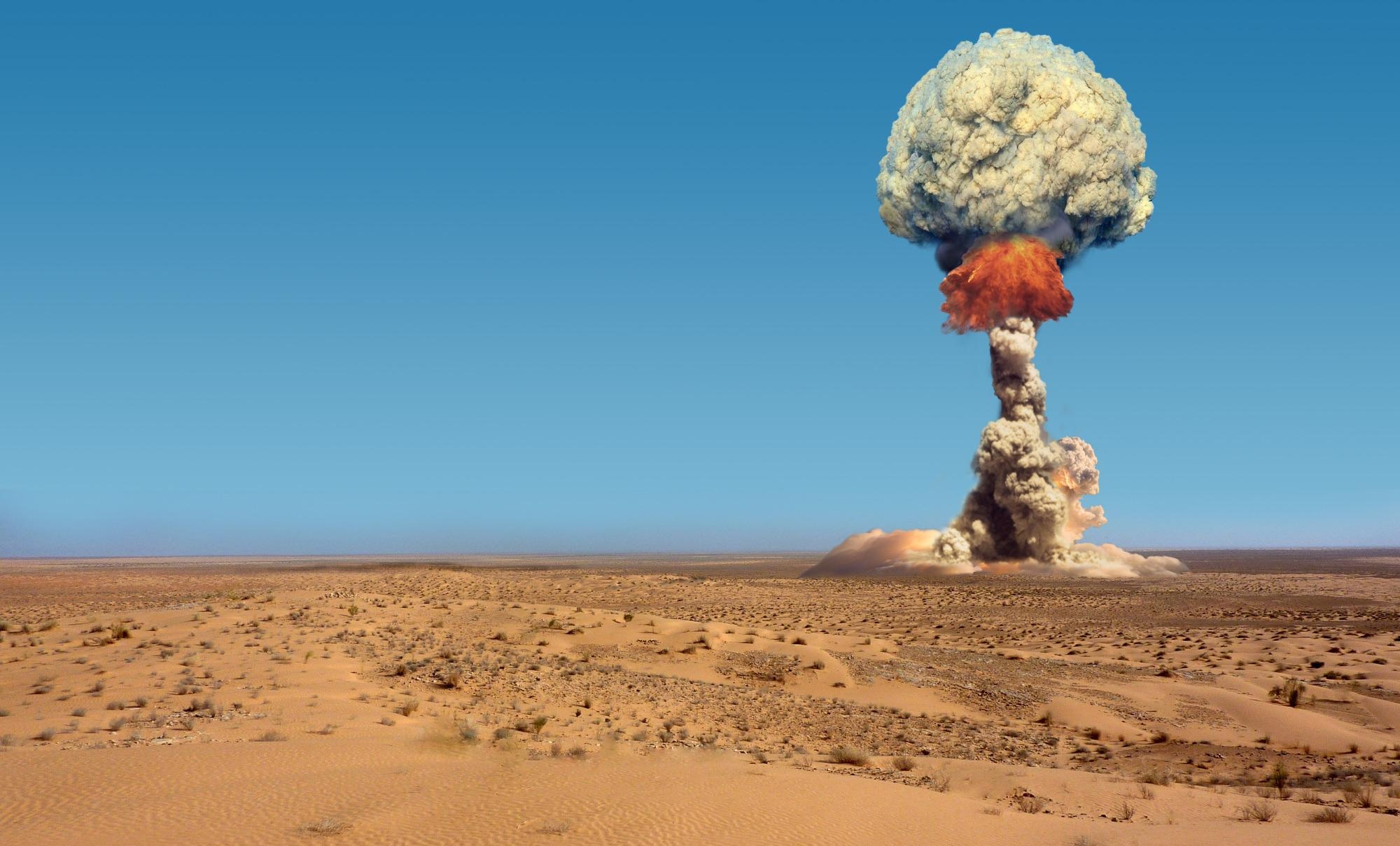May 24 2021
When the British blew up nine atomic bombs in distant locations of South Australia, inclusive of Maralinga, over 100 kg of highly toxic plutonium (Pu) and uranium (U) was distributed into the environment in the form of very small 'hot' radioactive particles.

Image Credit: shutterstock.com/CUTWORLD
According to scientists, such radioactive particles continue to remain in soils even today, more than six decades after the detonations. Earlier, there was only limited understanding of how Pu was discharged from these 'hot' radioactive particles into the environment for subsequent uptake by wildlife living around Maralinga.
Now, new research published in the Scientific Reports journal and headed by researchers from Monash University, has warned that these particles are, in fact, more varied and complex than previously assumed. This implies that the processes, which gradually discharge Pu into the environment, are also relatively more varied and complex.
The British detonated nine nuclear bombs and conducted hundreds of nuclear tests in outback South Australia between 1953 and 1963. The resulting radioactive contamination and cover-up continues to haunt us.
Megan Cook, Study Lead Author and PhD Student, School of Earth, Atmosphere and Environment, Monash University
“The results of our study profoundly changes our understanding of the nature of hot particles at Maralinga—despite the fact that those were some of the best studied particles anywhere in the world,” stated Vanessa Wong, an Associate Professor and co-author of the study.
To figure out the chemical and physical composition of the particles, the researchers used synchrotron radiation at the Diamond Light Source, located close to Oxford, United Kingdom.
By using a nano-sized ion beam, the Monash University team dissected a few of the hot particles and additionally defined the complex composition of the hot particles down to the nano-size in remarkable details.
The team showed that the complex nature of these hot particles emerged from the cooling of polymetallic melts from many degrees Celsius in the explosion cloud at the time of their formation.
We found that the particles contained low-valence plutonium-uranium-carbon compounds that are typically highly reactive, yet, had been stabilised in the hot-particle matrix for nearly 60 years.
Dr Barbara Etschmann, Study Corresponding Author, Monash University
From 1950 to 1988 alone, over 230 nuclear weapon accidents had been recorded, which included a minimum of 10 such accidents with a documented discharge of radioactive particles into the environment.
With the cancellation of international treaties, like the Intermediate-Range Nuclear Forces Treaty, the risks of such accidents are only increasing.
Understanding the fate of hot particles in the unique setting of the Australian outback is critical for securing Australia in case of nuclear incidents in the region, and returning all the native land affected by the British tests to the traditional Anangu owners of the Maralinga Tjarutja lands.
Joël Brugger, Study Co-Author and Professor, Monash University
Journal Reference:
Cook, M., et al. (2021) The nature of Pu-bearing particles from the Maralinga nuclear testing site, Australia. Scientific Reports. doi.org/10.1038/s41598-021-89757-5.